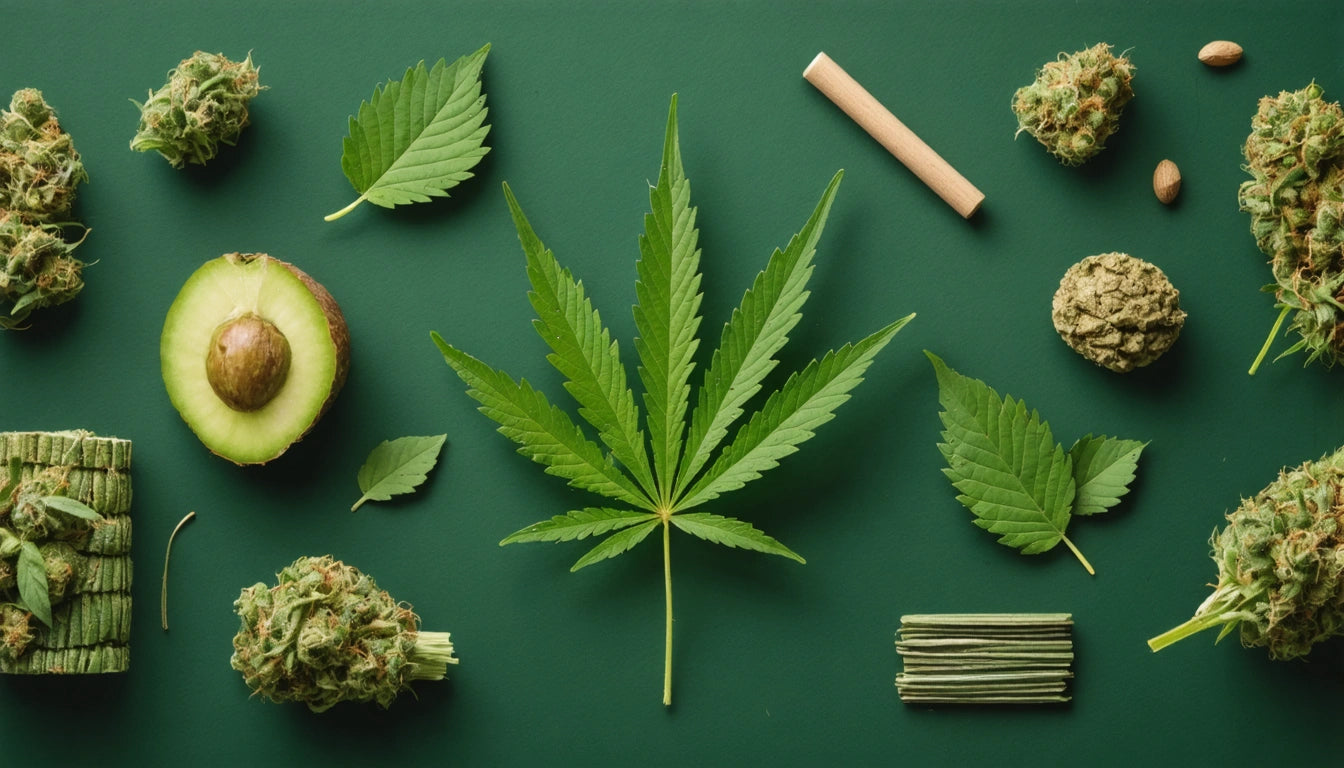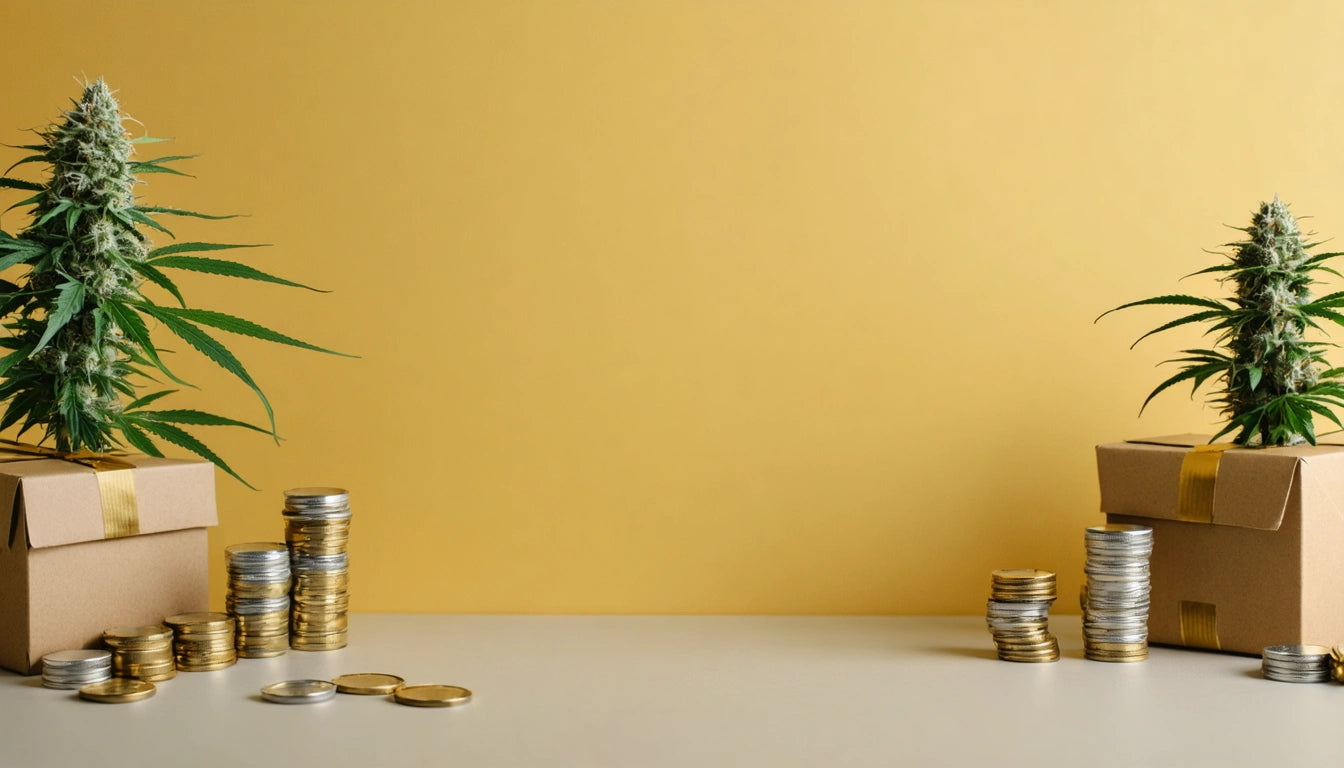Table of Contents
- Washington Cannabis Legalization Timeline: A Pioneering State
- Economic Impact and Tax Structure of Washington's Cannabis Industry
- Popular Cannabis Varieties in Washington State
- Washington vs. Maryland: A Tale of Two Cannabis Markets
- Regulatory Framework Evolution and Current Challenges
- Future Outlook: Washington's Cannabis Market and National Trends
The Evolution and Impact of Cannabis Legalization in Washington State
Washington State made history when it legalized recreational cannabis, fundamentally changing how the plant is regulated, sold, and perceived. This transformation from prohibition to a regulated market has created a complex ecosystem of growers, processors, retailers, and consumers operating within specific legal parameters.
Washington Cannabis Legalization Timeline: A Pioneering State
When did Washington legalize weed? The journey began on November 6, 2012, when Washington voters approved Initiative 502, legalizing recreational marijuana for adults 21 and over. This made Washington, alongside Colorado, one of the first states to legalize recreational cannabis in the United States.
While the initiative passed in 2012, the full implementation took time. The first recreational cannabis stores didn't open until July 2014, allowing time for the state to establish regulatory frameworks. Prior to full legalization, Washington had already approved medical marijuana in 1998 through Initiative 692, creating a foundation for the broader legalization that would follow.
According to comprehensive cannabis legalization timelines, Washington's approach represented a significant departure from decades of prohibition policies that had dominated since the early 20th century.
Economic Impact and Tax Structure of Washington's Cannabis Industry
The economic impact of legalization has been substantial. Since when weed became legal in Washington State, the industry has generated billions in sales and hundreds of millions in tax revenue. Washington implemented a three-tier excise tax structure that initially placed a 25% tax at each level: producer, processor, and retailer.
This was later simplified to a single 37% excise tax at the retail level, making it one of the highest cannabis tax rates in the country. For comparison, the alcohol tax in Washington State ranges from $3.77 to $14.27 per gallon depending on the type of beverage, but doesn't approach the percentage-based taxation seen with cannabis.
Tax revenue allocation in Washington includes:
- Health care (55%)
- General fund (40%)
- Research, education, and prevention (5%)
This structure has created a sustainable funding source for various state programs while supporting the regulated marketplace. Proper storage solutions have become essential for maintaining product quality in this regulated environment, with many businesses using specialized humidity control products to preserve freshness and potency throughout the supply chain.
Employment and Business Growth
Since when Washington legalized pot, the industry has created thousands of direct jobs in cultivation, processing, retail, and ancillary services. The Washington State Liquor and Cannabis Board (WSLCB) has issued over 1,900 cannabis business licenses across these categories, fostering entrepreneurship and economic development.
Highlight: Washington's cannabis industry generated over $1.4 billion in sales and approximately $550 million in excise tax revenue in 2022 alone, demonstrating the significant economic impact since legalization.
Popular Cannabis Varieties in Washington State
What is the most popular cannabis buds in Washington State? Market data shows several consistently top-selling strains:
- Blue Dream: A balanced hybrid known for its gentle effects
- Dutch Treat: A Pacific Northwest favorite with pine and citrus notes
- OG Kush: A classic strain with strong THC content
- Purple Punch: Known for its grape-like aroma and relaxing effects
- Mimosa: A citrusy sativa-dominant hybrid popular for daytime use
Regional preferences in Washington tend toward strains that thrive in the Pacific Northwest climate, with indoor-grown varieties dominating the premium market segment. Consumer preferences have evolved since when weed was legalized in Washington, with increasing sophistication regarding terpene profiles and cannabinoid content.
Washington vs. Maryland: A Tale of Two Cannabis Markets
Comparing the Maryland cannabis industry vs Washington State reveals interesting contrasts in approach and implementation. While Washington pioneered recreational legalization in 2012, Maryland only recently transitioned from medical-only to recreational sales in July 2023.
Key differences include:
- Market maturity: Washington's decade-long recreational market vs. Maryland's nascent program
- Regulatory structure: Washington's standalone WSLCB vs. Maryland's Cannabis Administration
- Social equity: Maryland incorporated social equity provisions from the start, learning from earlier states like Washington
- Tax rates: Washington's 37% excise tax vs. Maryland's 9% (increasing to 15% over time)
As outlined in comparative analyses, these differences reflect the evolution of cannabis policy as states learn from earlier adopters.
Regulatory Framework Evolution and Current Challenges
Since when did Washington State legalize weed, the regulatory framework has undergone significant evolution. Initial regulations focused heavily on preventing diversion and youth access, sometimes at the expense of market efficiency.
Key regulatory developments include:
- Transition from three-tier to single-point taxation (2015)
- Consolidation of medical and recreational systems (2016)
- Introduction of seed-to-sale tracking requirements
- Evolving testing and packaging standards
- Advertising restrictions and modifications
Current challenges include high tax burdens, limited access to banking services, and competition from neighboring states with different regulatory approaches. The persistence of illicit markets remains a challenge, partially driven by price differentials between legal and illegal products.
Regulatory comparisons show that Washington's approach differs from other early adopters like Colorado, particularly regarding vertical integration and home cultivation (which remains prohibited in Washington).
Future Outlook: Washington's Cannabis Market and National Trends
As more states legalize recreational cannabis, Washington's pioneering role offers valuable lessons. The question of when weed became legal in Washington now extends to discussions of how its model influences newer markets.
Looking ahead, several trends are likely to shape Washington's cannabis landscape:
- Potential federal policy changes affecting interstate commerce
- Increasing emphasis on sustainability and environmental standards
- Growing consumer sophistication regarding product quality and effects
- Continued pressure for social equity provisions and criminal record expungements
- Evolution of consumption methods beyond traditional flower products
Washington's experience since when did weed become legal in Washington State provides a roadmap for other states while highlighting both successes and areas for improvement in cannabis policy reform. As the national landscape continues to evolve, Washington's mature market will likely adapt to maintain its pioneering position in American cannabis legalization.











Leave a comment
All comments are moderated before being published.
This site is protected by hCaptcha and the hCaptcha Privacy Policy and Terms of Service apply.